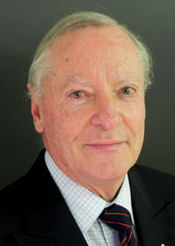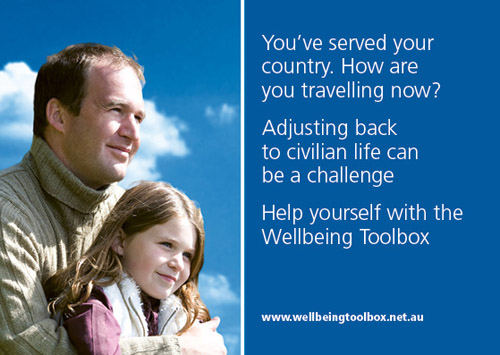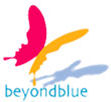|
Radschool Association Magazine - Vol 36 Page 11 |
|
Privacy Policy | Editorial Policy | Join the Association | List of Members | Contact us | Index | Links | Print this page |
|
Health and Life style. |
|
|
|
Men's Health Week. (June 13 – 19) Dr Tony O'Connell A/Director-General Queensland Health
Men’s health week was from the 13th to the 19th June and its aim was to encourage men to speak up about their health concerns and take steps towards securing a healthier and happier future.
The biggest threats to men's health are lifestyle related choices such as smoking, excessive drinking, poor diet and lack of regular exercise. These can all put men at risk of developing long term health problems.
Key findings on men's health from the latest report from Queensland's Chief Health Officer show:
The good news is, many of these chronic diseases are preventable. Men just need to pay attention to their health and make simple changes to their daily routines such as:
It's also important that men don't neglect their mental and emotional health. Talking with family and friends, making time for themselves and finding and participating in activities they enjoy are easy ways for men to stay on top of their physical, mental and emotional health. To our male colleagues, you are encouraged to take time out and make your health a priority.
More information on men's health and Men's Health Week is available HERE.
|
|
Sleep Apnoea.
About 20% of the population have a mild dose of sleep apnoea.
Sleep
apnoea occurs when the walls of the throat come together during
sleep, blocking off the upper airway. Breathing stops for a period
of time (generally between a few seconds and up to one minute) until
the brain registers the lack of breathing or a drop in oxygen levels
and sends a small wake-up call. The
sleeper rouses slightly, opens the upper airway, typically snorts
and gasps, then drifts back to sleep almost immediately.
In most cases, the person suffering from sleep apnoea doesn’t even realise they are waking up. This pattern can repeat itself hundreds of times every night, causing fragmented sleep. This leaves the person feeling unrefreshed in the morning, with excessive daytime sleepiness, poor daytime concentration and work performance, and fatigue. It’s estimated that about five per cent of Australians seriously suffer from this sleep disorder, with around one in four men over the age of 30 years affected.
Degrees of severity.
The full name for this condition is obstructive sleep apnoea. Another rare form of breathing disturbance during sleep is called central sleep apnoea. It is caused by a disruption to the nerve messages sent between the brain and the body. The severity of sleep apnoea depends on how often the breathing is interrupted. As a guide:
Symptoms.
People with significant sleep apnoea have an increased risk of motor vehicle accidents and high blood pressure, and may have an increased risk of heart attack and stroke. In the over 30 year age group, the disorder is about three times more common in men than women. Some of the associated symptoms include:
Causes.
Obesity is one of the most common causes of sleep apnoea. A loss of around 5kg to 10kg may be enough to dramatically reduce the severity of the disorder. Other contributing factors include:
Treatment.
Treatment for sleep apnoea relies on changes to lifestyle, including
losing weight and cutting down on alcohol. Any contributing medical
condition, such as low production of
The most effective treatment available is a mask worn at night that keeps the back of the throat open by forcing air through the nose. This is called ‘nasal Continuous Positive Airway Pressure’ (CPAP). However, some people with sleep apnoea find the mask difficult to tolerate.
Another treatment is the use of a mouthguard (or oral appliance or mandibular advancement splint). They work by holding the jaw forward during sleep. When properly made, they can be effective for mild to moderate sleep apnoea.
Although not always effective, surgery to the palate and base of tongue may be useful when other therapies fail. These types of surgeries are best undertaken by otolaryngologists (ENT surgeons) who take a special interest and have had training in sleep-related surgery.
Where to get help.
Things to remember.
|
|
Wellbeing Toolbox. DR Graeme Killer AO Principal Medical Adviser DVA
The Wellbeing Toolbox is an on-line interactive tool, developed by the DVA, designed primarily to assist those making the transition from the Australian Defence Force to civilian life, however it can be of use to any veteran who may feel they are not travelling too well.
What is the Wellbeing Toolbox?
The
Wellbeing Toolbox allows you to self-assess your mental health needs
and work through a self-management plan to help you adjust to
post-military life. The Wellbeing Toolbox provides health advice in
six key areas:
• problem solving; • building support; • helpful thinking; • getting active; • keeping calm; and • sleeping better.
Based on international best practice, each module takes you through a series of Information panels and allows you to complete interactive-tasks and worksheets. You can work through all six modules or pick individual modules of particular interest.
By registering on the Wellbeing Toolbox you can save, revisit and update worksheets and a Self Management Plan. Saving your Self Management Plan allows you to identify goals and track your progress over time. Un-registered users can also complete worksheets and develop a Self Management Plan but will not be able to save and revisit their work. Registration for the Wellbeing Toolbox is free and anonymous and can be cancelled at any time.
More information and feedback.
The Wellbeing Toolbox is available by visiting the At Ease website www.at-ease.dva.gov.au or the post-ADF information portal, Touchbase, www.touchbase.gov.au.
The Wellbeing Toolbox is being piloted for 12 months from March 2011 and is a partnership between the Department of Veterans' Affairs and the Australian Centre for Posttraumatic Health. If you would like to be informed about opportunities to assist with the evaluation of this website please register your interest by e-mailing wellbeing-toolbox@unimelb.edu.au
You are strongly encouraged to have a look at the website and recommend it to your friends.
In the meantime, if you are visiting your GP, don't forget to let him or her know that you are a veteran or have served with the Australian Defence Force. Partners and children should also tell their GP that they are from a veteran family. GPs need to know this to provide treatment that best meets your needs and the needs of your family.
No one will be attempting to track or identify you. If you would like a Log-In, click HERE.
|
|
Saw my mate outside the Doctor's today looking really worried. "What's the matter?" I asked. " I've got the big C, "he said. "What, cancer?" "No, dyslexia."
|
|
Depression - seasonal affective disorder.
Depression during the dark winter months may be seasonal affective disorder (SAD). Treatment can include anti-depressant drugs, psychotherapy and bright light therapy (phototherapy). SAD is also known as winter depression. SAD is less common in countries that receive a lot of sunlight, such as Australia.
Some people suffer from depression only during the winter months – this is called seasonal affective disorder (SAD). Usually, a person with SAD starts to feel better in the spring. Treatment may include antidepressant drugs, psychotherapy and bright light therapy. SAD is also known as winter depression.
The exact cause of SAD is unknown. Since depression is more common during winter and in the higher latitudes of the Northern Hemisphere, doctors believe that lack of sunlight alters brain chemistry in some people. SAD is less common in countries that receive a lot of sunlight, such as Australia.
Most doctors think that a cascade of factors triggers SAD, including:
Risk factors.
Risk factors may include:
Symptoms.
Signs and symptoms of SAD may include:
Diagnosis.
The symptoms of depression are similar to the symptoms of various medical conditions such as hypothyroidism or hypoglycaemia, so diagnosis can be tricky. Diagnosis is made by clinical assessment – there are no blood tests available. Your doctor will conduct a detailed interview to help with diagnosis. Your answers to questions about onset, severity, whether the symptoms are different during the year, lifestyle factors, diet and sleeping habits can give the doctor valuable clues.
Tests used in the assessment for SAD aim to exclude other causes and may include:
Treatment.
Be guided by your doctor, but recommended self-help options may include:
Self-help options.
Be guided by your doctor, but recommended self-help options may include:
Uncommon SAD variations.
While most people with SAD experience depression during the winter months, there are uncommon variations, including:
Where to get help.
You can download this article HERE
DAN.
Another site that is definitely worth a visit is http://www.dan.gov.au/
DAN stands for the Defence Alumni Network and is a site established by the Department of Defence for ex-Service personnel and promises to be an exciting personal experience. Connect with your mates and do as much or as little as you like in an intuitive environment that is guaranteed to raise your interest. It’s free to join and worth a look.
|
|
I can't understand these people who, instead of buying a four, eight or twelve pack of toilet paper, buy just one single, individual roll. Are they trying to quit?
|
|
Back Go to page: 1 2 3 4 5 6 7 8 9 10 11 12 13 14 15 16 17 18 19 20 Forward
|


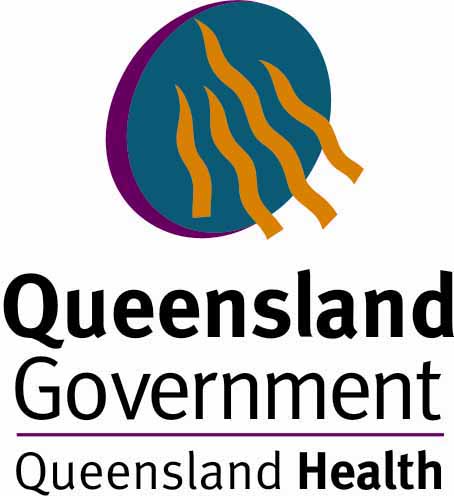 bowel (1,565) cancer in 2007.
bowel (1,565) cancer in 2007..jpg)
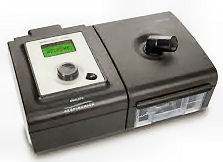 hyroid hormone, also needs to
be corrected. Any surgical conditions such as large tonsils should
be corrected.
hyroid hormone, also needs to
be corrected. Any surgical conditions such as large tonsils should
be corrected.
